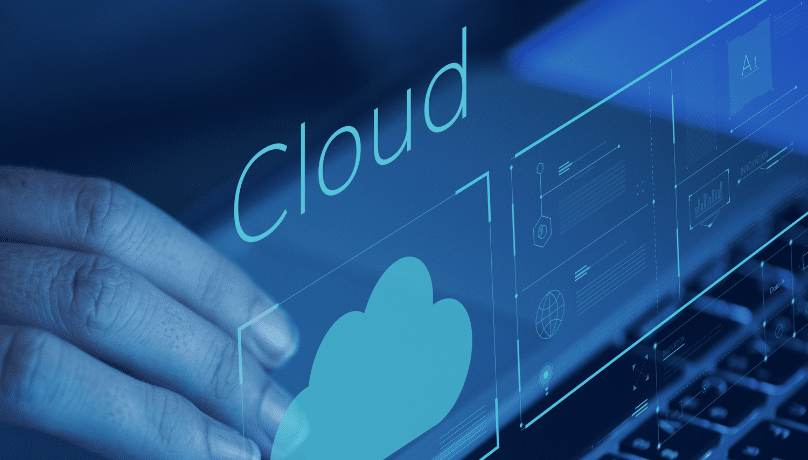








In the realm of modern business, data reigns supreme. It’s the cornerstone upon which companies build their strategies, make informed decisions, and seek out new opportunities. With the advent of data analytics software, businesses have been able to transform vast oceans of data into actionable insights, propelling them toward greater efficiency and innovation. This software has not just changed the game; it’s rewritten the rules entirely.
a) Definition and Overview
At its core, data analytics software is a suite of applications designed to analyze large datasets to discover patterns, trends, and correlations. These solutions leverage advanced algorithms, statistical models, and machine-learning techniques to transform raw data into actionable insights. These tools enable businesses to convert raw data into meaningful information, providing a foundation for intelligent decision-making and strategic planning.
b) Types of Data Analytics Software
The landscape of data analytics software is diverse, with each type offering unique benefits:
– Business Intelligence (BI): These systems provide real-time tracking and visualization of business operations, making complex data more accessible and understandable.
– Predictive Analytics: By utilizing statistical algorithms and AI/machine learning techniques, predictive analytics can forecast future trends and behaviors, allowing businesses to be proactive rather than reactive.
– Prescriptive Analytics: Going a step further, prescriptive analytics not only predicts outcomes but also recommends the best course of action to achieve specific objectives.
– Descriptive Analytics: This type focuses on interpreting historical data to better understand changes that have occurred in the business.
Learn more about the types of Data Analytics: Big Data & Data Analytics
c) Common Features and Capabilities
Common features and capabilities of this software include data integration and ETL (Extract, Transform, Load) processes or other features include:
– Data Visualization: Graphical representation of data to identify patterns and outliers at a glance.
– Interactive Reporting: Customizable reports that allow users to drill down into specific metrics.
– Real-time Analytics: The ability to analyze and report on data as it’s being generated.
– Predictive Modeling: Tools to create data models that predict future trends.
You may enjoy: The Critical Role Data Analytics in Business Digital Transformation
The advantages of implementing these softwares are manifold:
Learn more: Big Data & Analytics Consulting Guide for Enterprises
Data analytics software is more than a tool; it’s a game changer that empowers businesses to navigate the complexities of the modern market with confidence and clarity. As businesses continue to embrace digital transformation, those who leverage the power of data analytics will find themselves at the forefront of innovation and success. Contact us today to leverage your customized Data Analytics solutions with our team of experts in this field!
Stay ahead in a rapidly changing world with our monthly look at the critical challenges confronting businesses on a global scale, sent straight to your inbox.